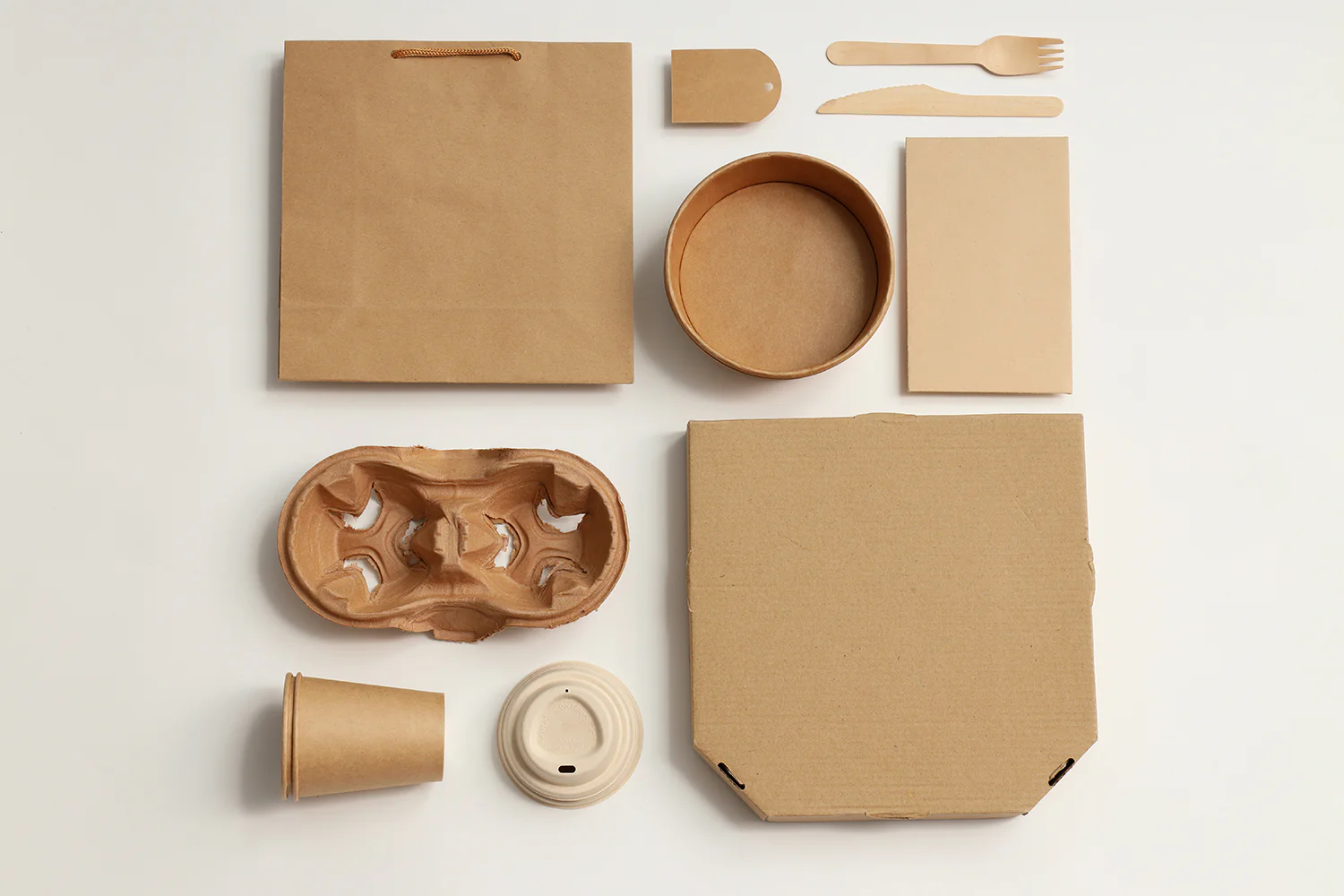
The Future of Food Packaging: Moving Toward a Sustainable Industry
In the face of mounting environmental pressures, the food packaging industry is beginning to undergo a significant transformation. Packaging not only serves to protect products but also has a major impact on the environment, particularly in the form of plastic waste and carbon emissions. As the world grapples with the growing urgency of climate change, the need to innovate and shift toward sustainable solutions in food packaging has never been more pressing. The innovations emerging within the industry offer promising alternatives that could reduce waste, curb emissions, and maintain product integrity.
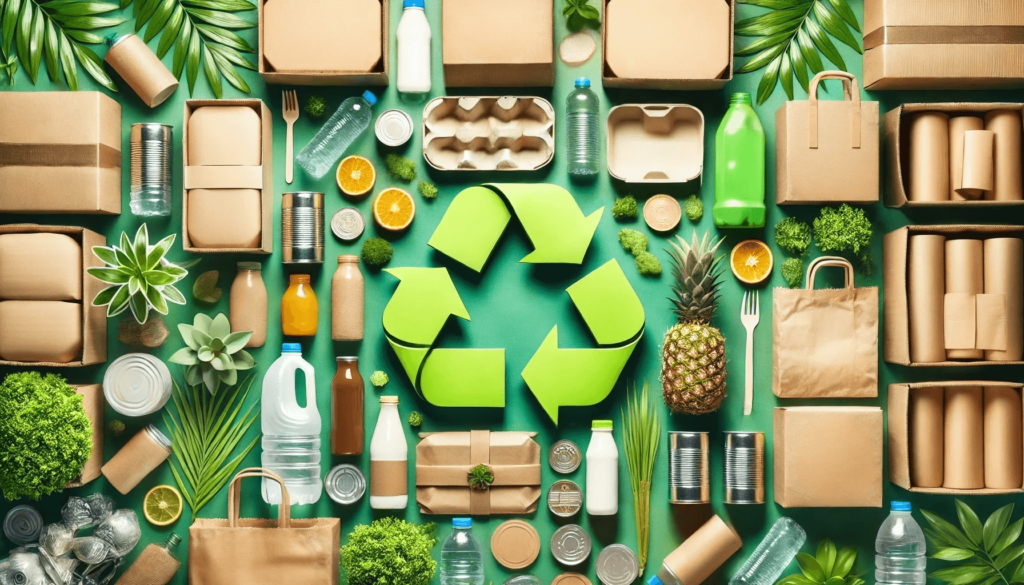
The innovations emerging within the industry offer promising alternatives that could reduce waste, curb emissions, and maintain product integrity.
1. Plastic Waste and Carbon Footprints: The Challenges of Traditional Packaging
According to the United Nations, around 300 million tons of plastic are produced annually, a staggering amount, much of which ends up as packaging waste. The problem is particularly acute when it comes to single-use plastics, commonly used in food packaging, which are discarded immediately after use, contributing to a global waste crisis.
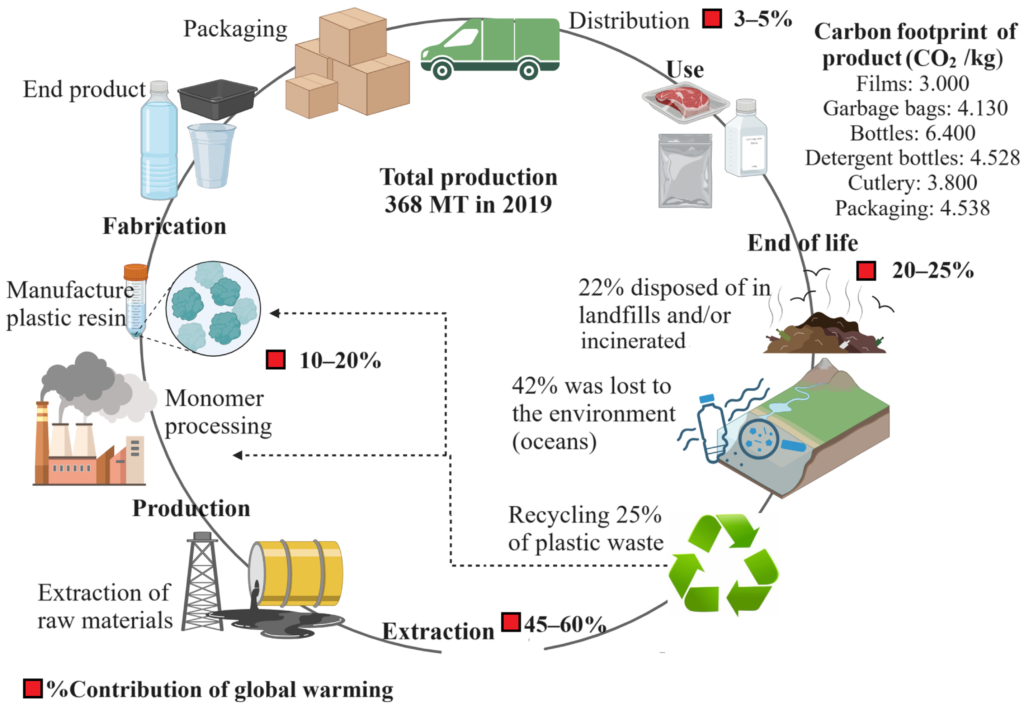
Equally concerning is the carbon footprint associated with the production of plastic packaging
Equally concerning is the carbon footprint associated with the production of plastic packaging. The energy required to extract raw materials, produce the plastic, and transport the final product results in substantial greenhouse gas emissions, further exacerbating the planet’s climate crisis.
2. Innovative Solutions in Food Packaging
However, the future looks brighter as the industry is now experiencing a wave of innovative solutions aimed at sustainability. One of the most promising avenues is the shift toward biodegradable and compostable materials. Packaging made from plant-based substances such as PLA (polylactic acid), starch blends, and other biodegradable polymers is gaining traction. These materials break down quickly in the environment, offering a solution that reduces long-term waste and minimizes environmental damage.
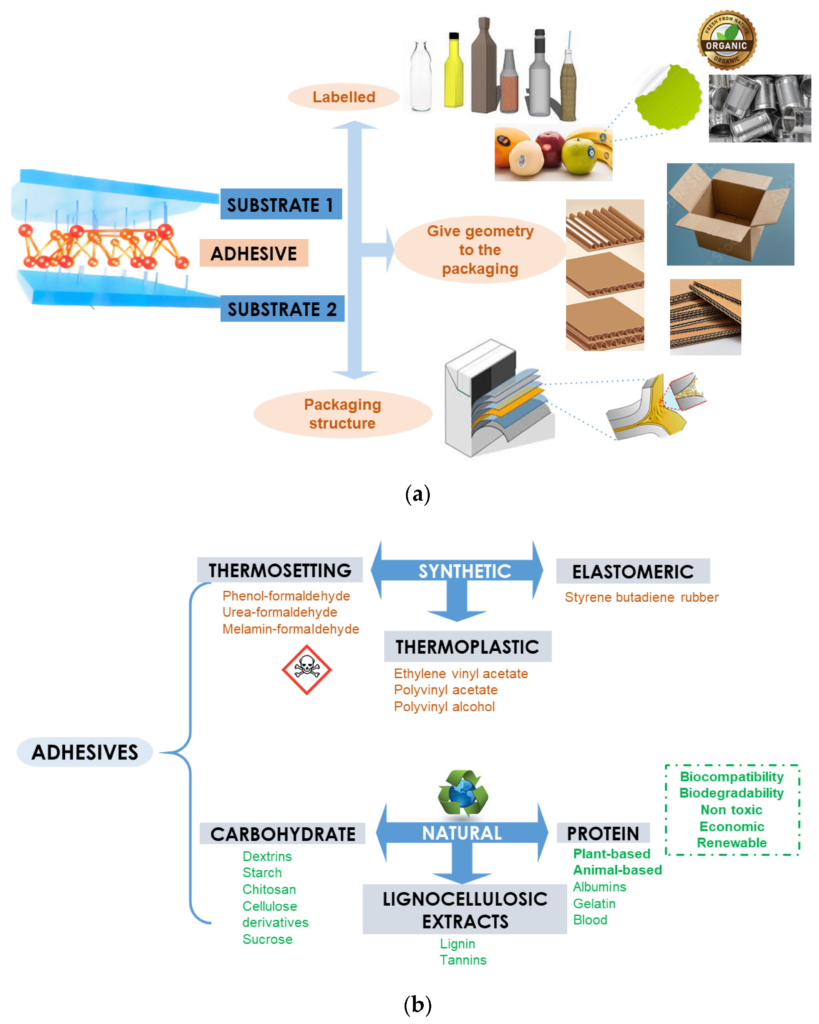
Additionally, edible packaging is emerging as a groundbreaking solution. Made from natural ingredients like seaweed, rice, and potato starch, these materials are not only biodegradable but also safe for consumption. From wraps to drink capsules, edible packaging presents an exciting opportunity to eliminate waste entirely.
Reusable and recyclable packaging options are also gaining popularity. Mono-material packaging, which simplifies recycling processes, and durable containers designed for multiple uses are part of this growing trend. Reusing materials significantly reduces waste, while promoting a circular economy where resources are kept in use for as long as possible.
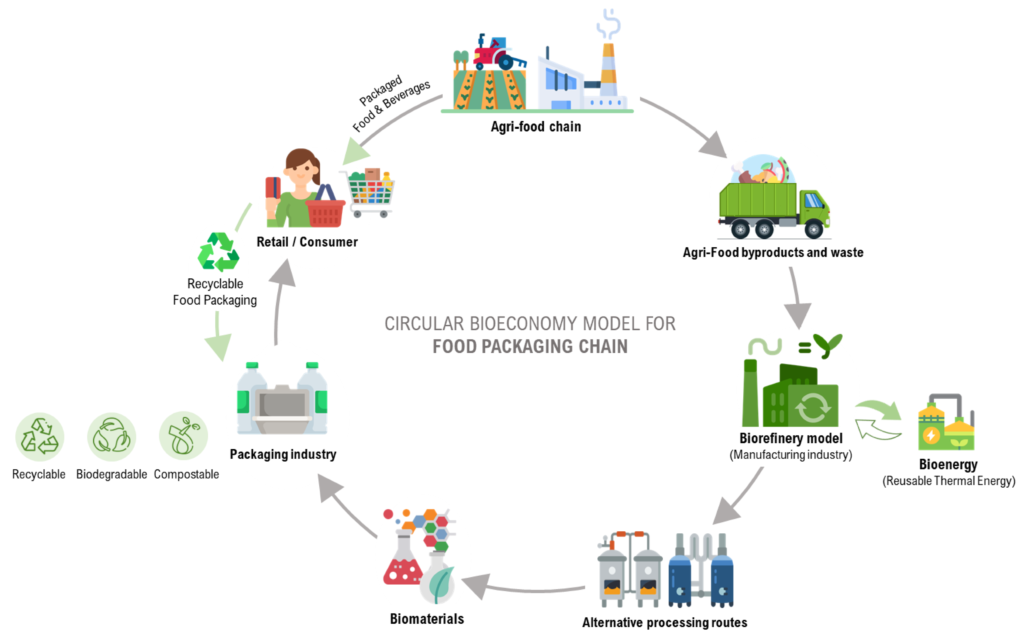
Another promising development is active and intelligent packaging. These advanced systems not only protect food but also monitor its condition. Active packaging can extend shelf life by absorbing ethylene or releasing antimicrobial agents, while intelligent packaging uses sensors to provide real-time data on freshness. Both approaches are vital for reducing food waste and the emissions associated with it.
Minimalist packaging design is another approach that aims to minimize material use without compromising protection. Lightweight packaging and optimized designs can significantly reduce material consumption and transportation costs, addressing both waste and carbon emissions.
3. Real-World Applications: Case Studies in Sustainable Food Packaging
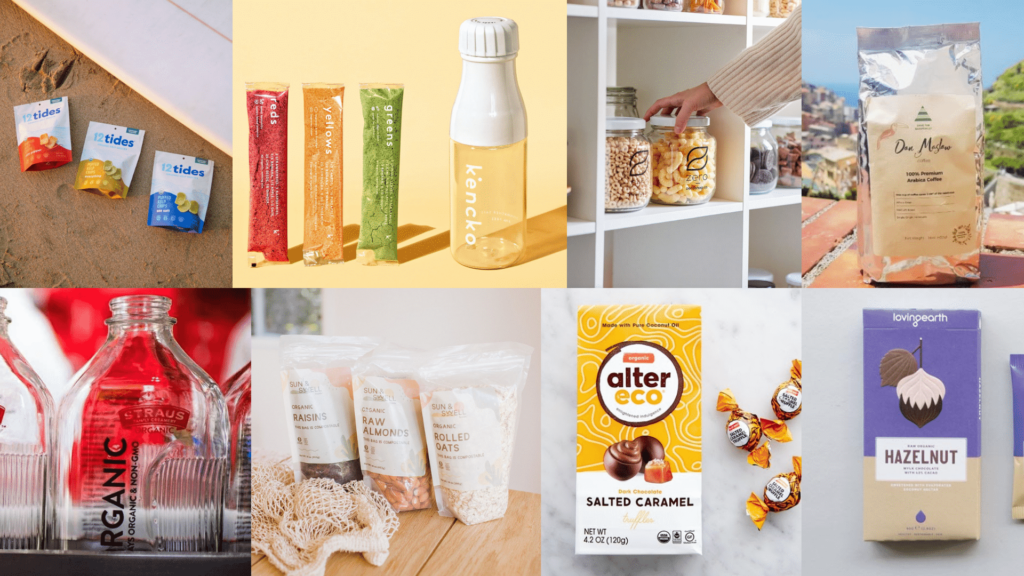
Several companies are already leading the way in implementing sustainable packaging solutions. One notable example is the development of eco-friendly beverage bottles made from 100% recycled plastic or biodegradable materials. A prominent beverage brand recently introduced a bottle made entirely from plant-based plastics, significantly reducing its carbon footprint.
Start-ups are also contributing to this shift by creating innovative edible wraps. One company has developed seaweed-based wraps that can replace plastic wraps for sandwiches and other food items. These wraps are not only biodegradable but also nutritious, adding another layer of sustainability to their appeal.
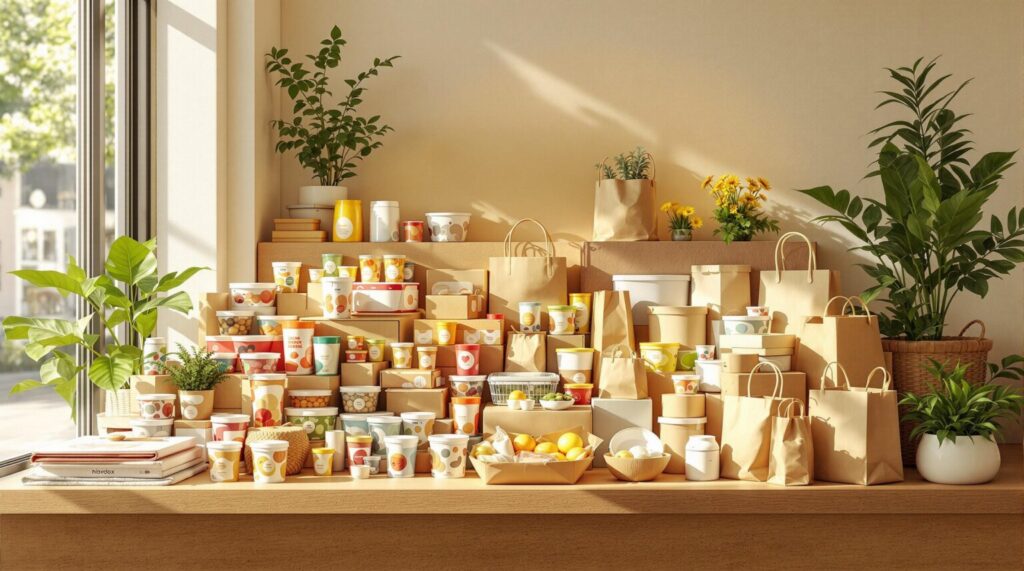
Moreover, the retail sector is embracing reusable containers. Some grocery stores have started offering products in containers that customers can return for cleaning and refilling. This system helps minimize single-use packaging waste and promotes the circular economy, ensuring that packaging materials are reused rather than disposed of.
4. Challenges and Future Directions
While these innovations show great promise, widespread adoption faces several hurdles. First, sustainable packaging materials often come with a higher price tag compared to traditional plastic. Scaling production to meet industry demands while keeping costs competitive is a major challenge.
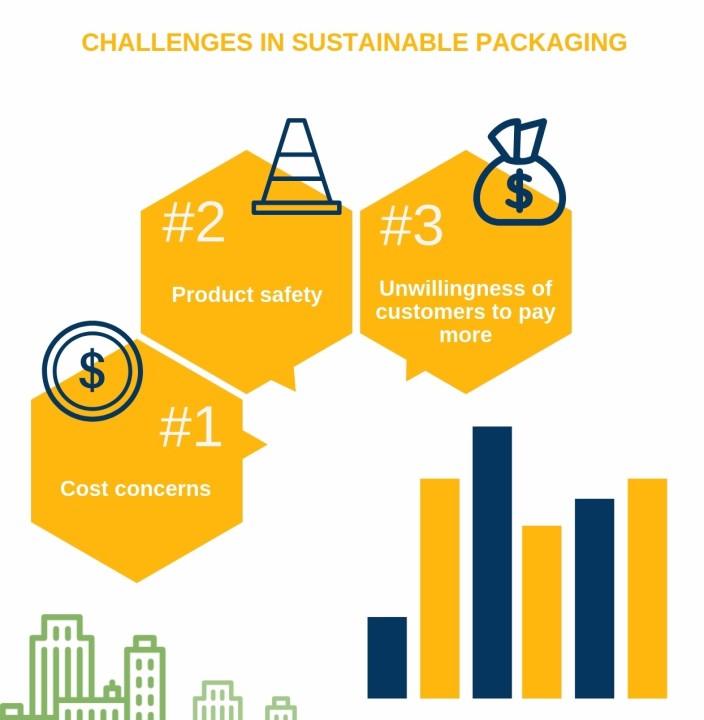
Second, consumer acceptance plays a crucial role in the success of these innovations. Educating consumers on the benefits of sustainable packaging and proper disposal methods is essential for ensuring the effectiveness of these solutions. Behavioral changes and better awareness are key to achieving the desired environmental impact.
Lastly, regulatory support is vital. Governments have an important role to play in promoting sustainable packaging through legislation, incentives, and industry standards. Such regulatory frameworks will encourage wider adoption and innovation in the sector.
5. A Call to Action
The future of food packaging lies in the development and widespread adoption of sustainable, innovative solutions that address the dual challenges of plastic waste and greenhouse gas emissions. By embracing biodegradable materials, edible packaging, recyclable and reusable options, and advanced technologies, the food and beverage industry can significantly reduce its environmental impact.

Overcoming challenges related to cost, scalability, and consumer acceptance is essential to realizing this vision. As sustainability becomes a driving force in the industry, it is imperative that businesses continue to innovate and lead the way toward a greener, more sustainable future.
To achieve meaningful progress, collaboration across the entire supply chain—manufacturers, retailers, and consumers alike—is essential. By prioritizing sustainability and supporting innovative solutions, we can transform food packaging and create a lasting positive impact on our planet. Together, we can pave the way for a future where convenience and environmental responsibility go hand in hand.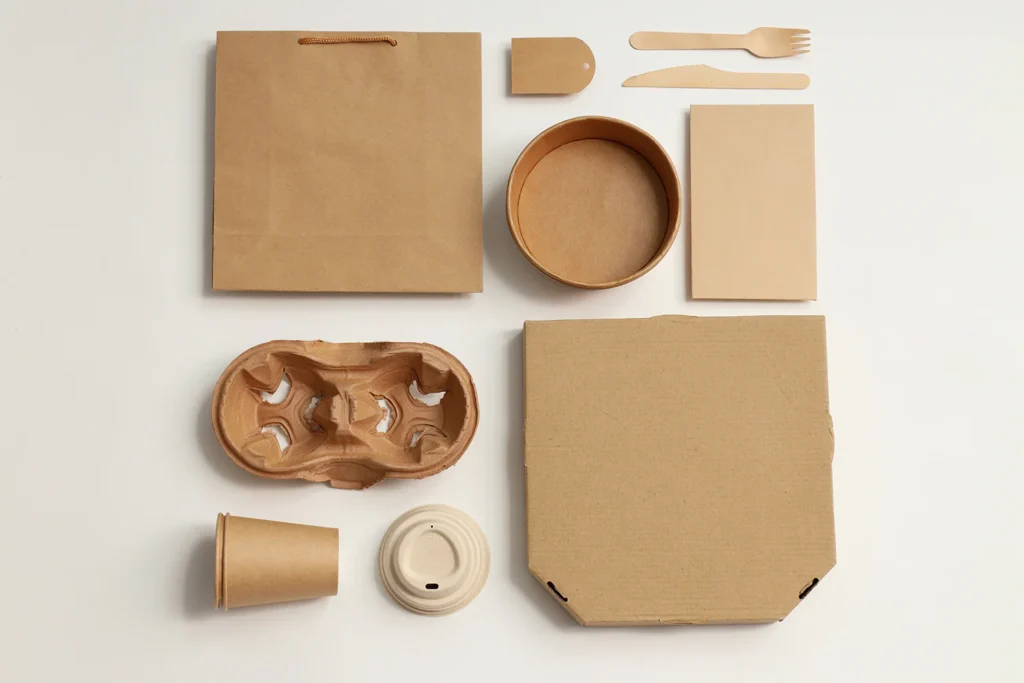
This article aims to inspire businesses and consumers alike to embrace the green transformation in food packaging, not only for the environment’s benefit but also for the long-term success of our economy and communities. The future of packaging is sustainable, and it’s up to us to make that future a reality.
Edited by Luu Hana
Operating under the motto of “Pioneering Quality,” Hoang Vuong consistently aims for sustainable and environmentally friendly packaging solutions. We proudly hold the following certifications:
- FSC Certification: FSC-C187470
- GMI Certification
- G7 Certification
- ISO 9001:2015
With over 15 years of experience in the paper packaging industry and a solid brand reputation, Hoang Vuong is a leading private paper packaging enterprise in Vietnam, partnering with numerous major brands locally and internationally. We accompany your company on the journey of innovation, seeking differentiation through continuous improvement. Your success is both an achievement and motivation for us to continue innovating and maintaining professionalism.
- Address: 10/6C Street 10, Binh Hung Hoa A Ward, Binh Tan District, Ho Chi Minh City
- Mobile: 0908.863.965 (Mr. Le Hong Son)
- Phone: 028.62696129 – 028.22481926
- FAX: 08.62696032
- E-mail: sales@baobigiay.vn
- Website: www.baobigiay.vn – www.hopcungcaocap.vn
- Fanpage: Hoang Vuong Paper Packaging Company Limited.

